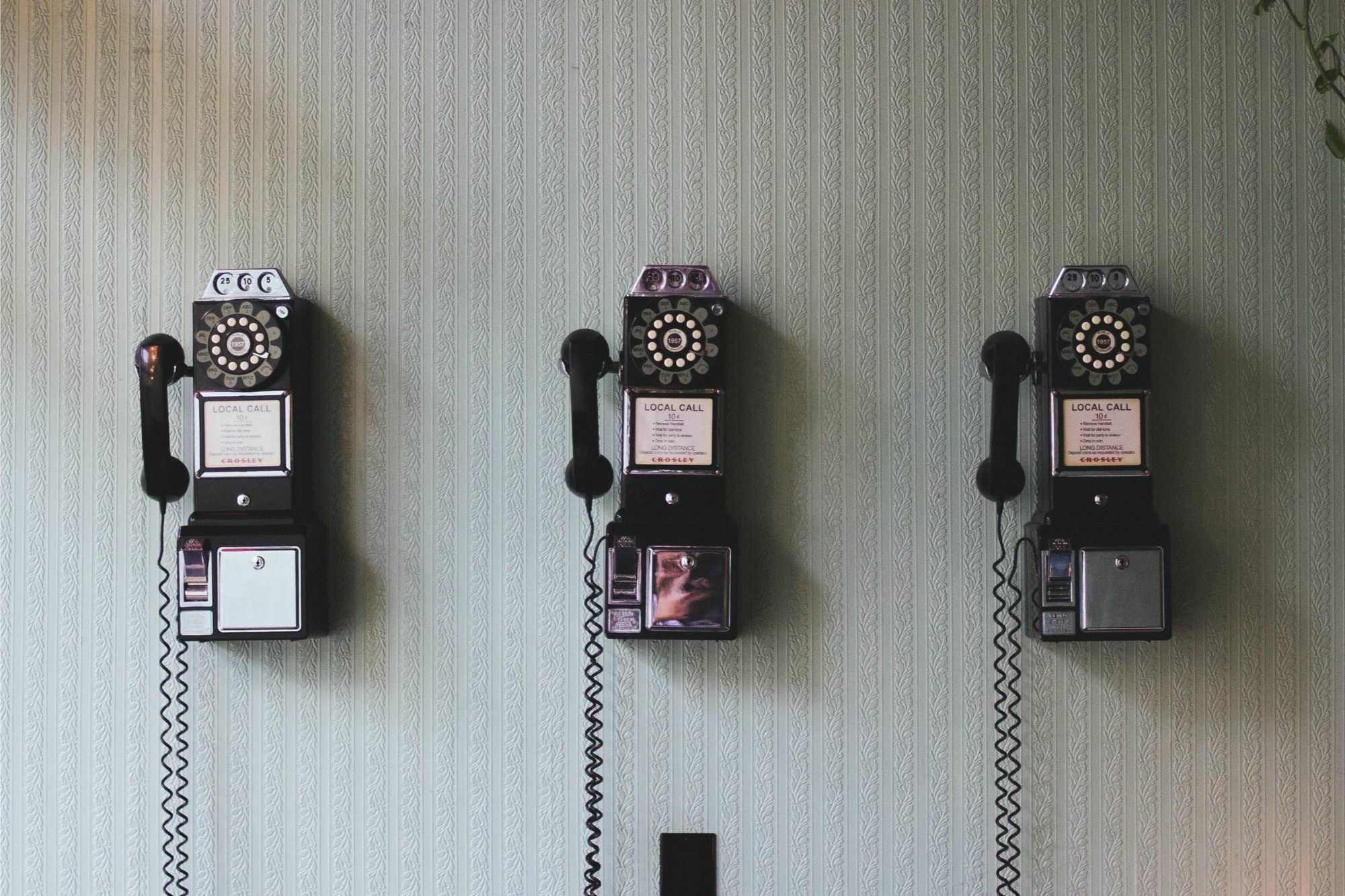Pornography is prolific and accessible. Young people’s sexual understandings, expectations and practices are being shaped by what they – or their partners and peers – see online.
But pornography sends a lot of unhealthy messages about men, women, sex and relationships.
Conversations are a key part of how we can reduce some of the risks and influences associated with pornography, so let’s look at how best to start the conversations:
1. Create a private but unpressured opportunity to talk
It’s understandable that both parents and their young people may prefer to avoid the pornography talk. You and your child might feel equally uncomfortable and awkward, but there are ways to make it easier for everyone.
For example, you may wish to communicate – through your words but also through your tone and approach – that you care about them, you are interested in what they think and feel, you want to support them to have great relationships, and you would like them to feel comfortable to talk with you about anything.
Think through some of the key things you want to say (or ask), and then how you can create a good place and time to talk privately, without pressure or interruption. If you think getting your child alone or keeping them in the conversation will be difficult, consider starting the pornography talk when you have some time with them in the car or travelling together.
“Hey, I don’t want to ambush you – but I’d really like for us to chat a bit about pornography and how you feel about it. …Would you be okay with that?

2. Stay calm – and don’t make assumptions
Your child may or may not have already seen pornography when you first raise the topic with them. It’s best not to make assumptions. And if they have seen it, then don’t make assumptions about how, why, how much they’ve seen, or how they’ve felt about it. Whether your child wanted to see pornography or not, they may feel uncomfortable, worried or even distressed by the experience. Or they may have felt fascinated, excited or aroused. Or all of these things at once – which can be very confusing! Whatever the situation, remember that the point of the conversation is to support and care for them, so approach them openly.
”I’m here if you need to talk. Even if you think it’s something bad – we can sort anything out, together.”
3. Remember that curiosity about sex and sexuality is normal and healthy
Don’t throw the baby out with the bathwater! The problem with pornography is not so much that it is sexual; it’s the fact that pornography conveys so many misleading and harmful messages. Don’t confuse sex with pornography – or pornography with sex. It can be easy for the good things about sex to get lost in conversations about pornography. So be deliberate about being positive about bodies, relationships and sexuality.
“So, ‘pornography’ – what are your thoughts?”
4. Stop putting off the conversation
If it feels uncomfortable, you may be tempted to dodge a conversation about pornography until it can no longer be avoided. But that is a risky strategy – it risks leaving too much of your child’s sex education to the pornography industry. Don’t put the pornography talk off any longer. Be proactive and take the opportunity to support your child to build good critical thinking about the messages they see, and to aspire to great relationships and sexuality. You don’t need to jump straight into conversations about pornography. Use the tips below to build conversations about pornography into broader conversations about media messages, online safety and healthy relationships.
“Do you do much ‘media literacy’ stuff or think about what messages are being sent by different media and why?”
5. Keep the communication lines open
Through your words and actions, the key thing you want to communicate to your child is that you care about them, and that you are approachable and happy to talk about anything. Ask questions and listen. Invite your child to talk about their feelings and thoughts. Encourage your child to talk to you about anything they feel uncomfortable about. Reassure them that you won’t stop them accessing technology if they report seeing something inappropriate or disturbing.
“How do you feel about the pornography that you’ve seen?”

6. Link the pornography talk to your child’s access to technology
Your child is most likely to be exposed to pornography through their use of information and communication technologies – such as mobile phones, computers, tablets and music and gaming devices. Parents are often the ‘gate-keepers’ for their child’s access to technology.
Pornography, sexting, privacy and cyber safety can all be part of this broader technology conversation. Consider creating a written agreement describing how technology will – and will not – be used.
“I’m really open to you having a mobile phone, but first I’d like to have some conversations about how you use it and staying safe.”
7. Use a film, television program, advertisement, article or website as a springboard
Using something you or your child have seen or read can be a great way to open up the conversation. When an advertisement uses sexualised imagery to sell an unrelated product, or a film portrays gender stereotypes, ask your child what they think about it as a step into a discussion of media influence. Use a news article about the influence of pornography or a website such as www.itstimewetalked.com to get started.
“Why do you reckon that ad has women dressed like that, and men acting like that…when it’s an ad for car parts?!”
8. Use a story, personal experience or incident
Often our own lives provide plenty of conversation starters for the pornography talk. If you stumble across pornography when searching for something else, or someone you know tells you their child did, use the opportunity to ask your child about their own experiences and lead into the pornography talk. If you discover that your child has been exposed to or searched out pornography, stay calm and plan a pornography talk.
“I was searching online for something the other day and an ad for a pornography site came up. It was pretty full-on. Do you get stuff like that come up in your searches?”
9. Write your child a letter
If having the pornography talk in person feels just too hard, consider writing your child a letter. A letter allows you to carefully select exactly what you want to say and gives your child time to absorb it.
“Because we might both be uncomfortable starting this conversation, I wanted to write you a letter as a conversation starter…”

10. Do the pornography talk in chapters
If your first go at the pornography talk wasn’t all you had hoped for, don’t worry. There is always tomorrow. And next week. And next year. This is a conversation best revisited at various ages and stages, so take a deep breath, relax and give it your best.
“Hey, you know how we were talking about ‘media literacy’ and stuff the other day, I was thinking about some of the messages in porn…”
Read more on Key messages for young people.
Help and support
If a young person needs additional help for their pornography use, they may be able to access support through a student counsellor, wellbeing coordinator, student support services or any other trusted school staff member. Their doctor will be able to help with referrals to services such as counselling and youth services.
If they have experienced sex that is unwanted, pressured, coerced or forced, they can get support through a sexual assault service. For a list of sexual assault services in different jurisdictions, see: respect.gov.au/services
If a young man wants to learn about engaging in more respectful relationships, they can contact MensLine Australia on 1300 78 99 78 or via mensline.org.au
If a young person has experienced online bullying, they or a parent can contact the eSafety Commissioner: esafety.gov.au/about-us/how-we-can-help
Additionally, Kids Helpline supports young people aged 5-25 with a range of issues and can be contacted on 1800 55 1800 or via kidshelpline.com.au

